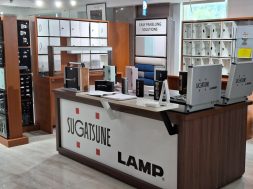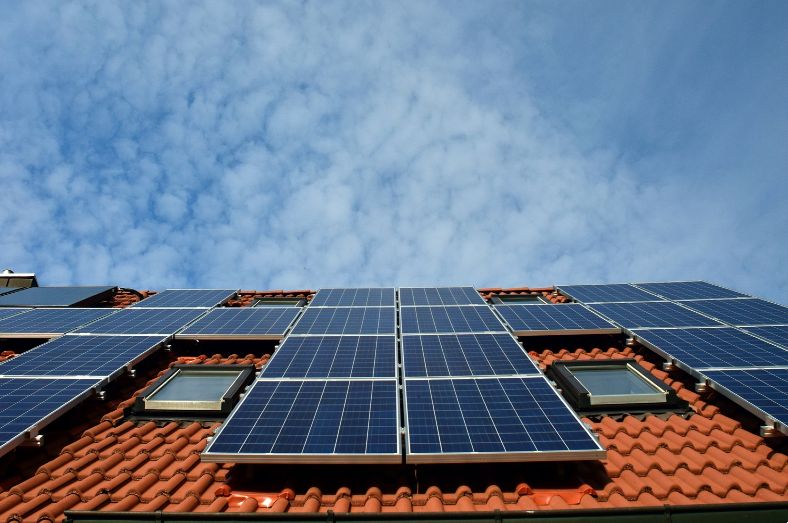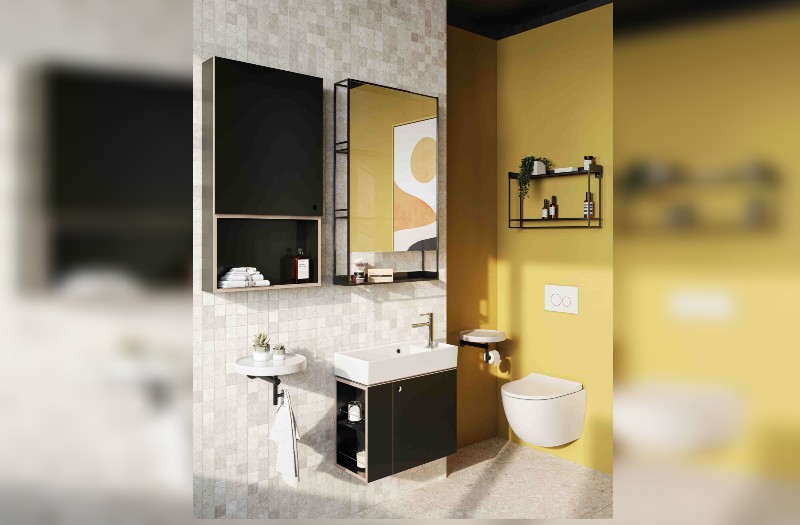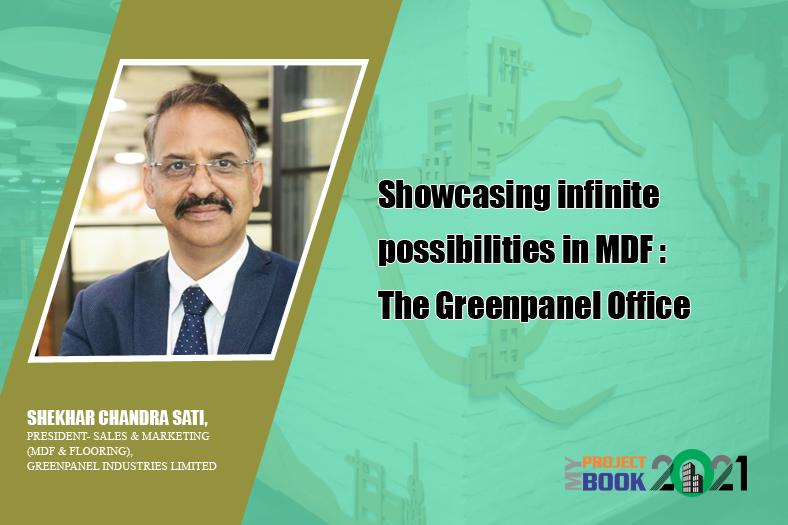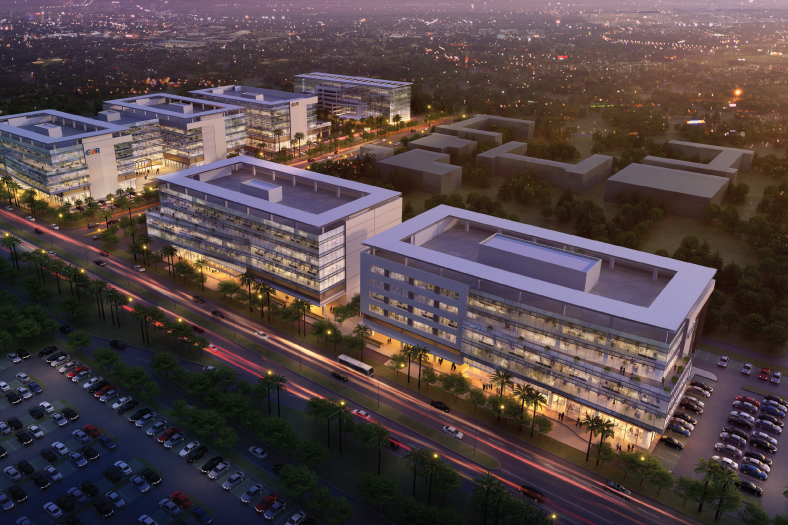“Sustainable development is development that meets the needs of the present without compromising the ability of future generations to meet their own needs”, said Prashant Khandelwal, COO, Mayuresh Group. The group is building a sustainable township for the affordable segment namely Eco Eden CitySustainable Development Sustainability is the capacity to endure. For human being; sustainability is the long-term maintenance of well-being, which has environmental, economic, and social dimensions, and encompasses the concept of stewardship, the responsible management of resource use.
Three pillars of sustainable development are Economics, Environment & Society; it is an optimal combination of these three elements and can be depicted by following chart. Generally people relate sustainable development to green development and have a thinking that green building is restricted to luxury living only and the concept is not at all affordable.
Green development is generally differentiated from sustainable development. Green development prioritises what its proponents consider to be environmental sustainability over economic and cultural considerations. Proponents of sustainable development argue that it provides a context which improves overall sustainability where cutting-edge green development is unattainable. For example, a cutting edge treatment plant with extremely high maintenance costs may not be sustainable in regions of the world with fewer financial resources. An environmentally ideal plant that is shut down due to bankruptcy is obviously less sustainable than one that is maintainable by the community, even if it is somewhat less effective from an environmental standpoint.
Affordable SegmentAs far as Indian economy is concerned, the affordable segment is indicates the families within monthly income range of Rs.20,000 to Rs. 40,000, i.e. those who can buy home within the ticket price of Rs. 10 lac – 20 lac. This segment is very cost-sensitive hence any cost increment required for implementing sustainable elements would be directly discarded. As discussed above only sustainable elements which are economically viable would be accepted by this segment with another condition of social acceptance of that element. For e.g. if we propose a solution of reusing of black water after an economically viable treatment process would not be acceptable as per our social standards.
Sustainable Elements for this segment should fall into following categories: • As substitute/additional housing elements that are environmentally better than conventional construction but do not cost more, i.e. same or lower upfront cost; or if modest increase in upfront cost, payback in short period• They improve the quality but do not cost more, i.e., same or lower upfront cost; or if modest increase in upfront cost, payback in short period• They reduce maintenance burden by reducing ongoing cost if upfront cost is similar or marginally more or they enhance construction returns and hence allows reduction in prices.
Mayuresh Group, the builders of Eco Eden City, a sustainable township for the affordable segment has tried to incorporate all possible sustainable measures in their project Eco Eden City at Boisar (Maharashtra) specially designed keeping in mind the affordable segment and their comfort. All these are mandatory measures also listed by the IGBC for a platinum certified township.
The sustainability elements of project Eco Eden City is discussed below:Aerated Autoclaved BlocksThese blocks are replacement of normal clay bricks are made with top soil of the earth, hence depleting the most fertile soil. Apart from that, normal bricks are inconsistent in shape and size, which attracts higher amount of mortar while cement plaster. AAC blocks reduce the water absorption and hence reduce leakages as compared to normal bricks. These blocks also behave like insulation and hence inside ambient temperature would be around 6 per cent lower than the outdoor temperature. AAC blocks attract higher upfront costing, but implementation of these blocks consume less time, and provide better finished walls. Also these are lightweight blocks hence in a multi-storey building, overall dead load decreases, leading to reduction in usage of steel and hence compensating for the cost increment. For the inhabitant of the affordable segment at Eco Eden City, there is a reduction in energy bills, as the temperature would be cooler in the homes.
Building envelope and orientation based on sun path analysis and solar heat gainThe orientation and placement of the building blocks are done after thorough study of sun path simulation pattern for 365 days. All the blocks are placed in east-west orientation to minimise the heat gain during afternoon hours when sun is in the horizontal and the cantilevers on the western facade providing shade to buildings are unable to do their job.
Master planning Project has been planned in different phases and each phase into multiple parcels. A cluster based planning has been given and efforts were made to make every parcel as self sufficient as possible. Cluster approach with decentralised infrastructure planning has helped in creating the desired spaces for every parcel and reduces the cost of infrastructure. While designing it several challenges were faced like: • Restoring 20 per cent green space in a dense development of low rise building• Finding out a workable solution for waste water treatment• Financial model which can give all the befits of alternate energy to the end users without much impacting cost aspects of the developer• Providing a meticulously planned logic for solar power system for street lights and backup power• Providing a central water body to mange storm water, take care of rain water harvesting and a water feature in the central green• Achieving the desired FSI with change in products• Ensuring ventilation in every room.
Waste segregation at sourceThe developers has decided to providing two different coloured dustbins for bio-degradable and non-degradable waste. Only segregated waste would be collected from the homes, which will be further assorted. Inorganic waste would be sent for re-cycling and organic would be used in vermi-composting pit. This is a self-sustainable element, as overall upfront cost is not much and there would be revenue generation via selling of inorganic waste and also the manure manufactured from vermin-composting pits can be sold-out.
Location specific treesShadow analysis for the whole township has been instrumental in selecting the tree shade requirement within the township, hence easier to decide on the quality of tree required to be planted.
Solar water heater Solar water heater will be provided for all the buildings, this element involves an upfront cost, but the pay-back period is around 8-9 years, due to reduction in electricity bills and no expenditure of capital cost of buying a geyser.
Solar street lightsEffective street lighting for the internal roads is of immense importance, and these roads for the long time period would be maintained by the society in the case of gated community, until these roads are handed over to municipality. In which case, the maintenance cost shoots up as the consumers have to pay for the electricity bills. Apart from that in extended suburbs of Mumbai, only destination for affordable housing due to low land rates, there is a usual power cut of 4-5 hours, during which these street lights also do not work. By using solar street lights, the higher upfront capital cost is compensated through lower operating cost. Also the higher level of security for the users is optimised.
Energy efficient electrical systems /appliancesEnergy efficient appliances may attract higher capital cost, but in this case the developer will provide appliances to reduce overall electrical load requirement will be needed. Hence a lessor capacity of transformer decreases, which will compensate for the higher costing of the appliances. Apart from that, such kind of initiatives would directly pay-back in terms of savings in electricity bills to the consumers.
Implementation of this element requires creating awareness among the consumers, so that they always use energy efficient appliances. Rain water harvesting 100 per cent rain water harvesting will be implemented via decentralised rainwater harvesting structure. Every parcel would have its own rainwater harvesting system where top run-off is directed into re-charge borewell after filtration. These recharge borewell has been provided in every parcel after analysing the geological pattern of that area.
Reusing of treated grey water Reusing of treated water attracts both higher capital cost and operational cost, as conventionally there is no such arrangement was made and both grey and black water are mixed and sent out of site into the sewage line. In this project, natural grey water treatment plant will be used which would have a cost implication due to the capital cost involvement; but this process would reduces the operational cost manifold, hence would not be a burden on the consumers pocket as the maintenance cost component would be in limits.
Different piping system arrangements will be made where grey water drainage will be collected into a different tank and then treated via natural treatment plant. Treated water will then be collected into a separate over-head tank only meant for flushing usage. Excess treated water would be used for landscape purpose; hence no fresh water in maintaining the landscape will be used.
This step reduces the fresh water requirement by 40 per cent and foreseeing water scarcity scenario in the years to come it would prevent water shortage on site as the demand side is reduced.
Efficient water delivery mechanism This is another measure on demand side which has a slightly higher capital cost. Since water efficient fittings are need of the hour, over the period suppliers would manufactures these fittings only which will make them cost effective.
ConclusionGlobally sustainable development has become a norm; all government policies make it necessary for developers to inculcate the concept of sustainability in their design. Globally the mindset within the people is changed and understands the concept. We are ready to incur higher cost of the element having pay-back over the period of few years. In India, sustainable housing is still in nascent stage but rapidly gaining importance. Following the global trend, people in India today have also realised the benefits of an eco-friendly home and the return over investment.
To summarise, sustainable development is the need of the hour and it should be implemented by all the developers through proper planning at the design stage only. Few years down the line, sustainable real estate development would become a necessity and Indian government would have a proper policy in place like it’s done in developed nations.
It is nearly impossible to make a self contained township without additional costs to the developers and the end users both. However an optimisation effort has been done for Eco Eden City by Mayuresh where costs have been kept under control and township has achieved some extent of self sustainability through green and innovative solutions. Moreover, the project has been analysed and designed in such a way that if required it can reach to the level of complete self-sustainability.
5
Cookie Consent
We use cookies to personalize your experience. By continuing to visit this website you agree to our Terms & Conditions, Privacy Policy and Cookie Policy.
